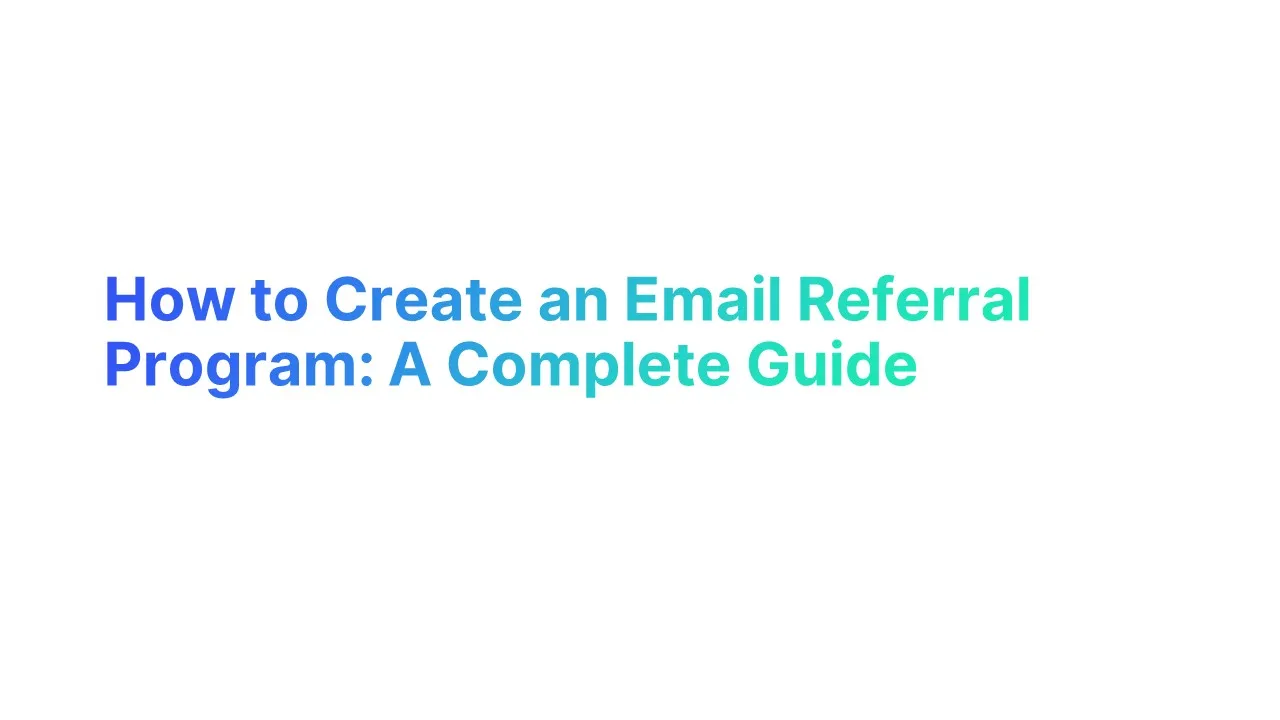What is an Email Referral Program?
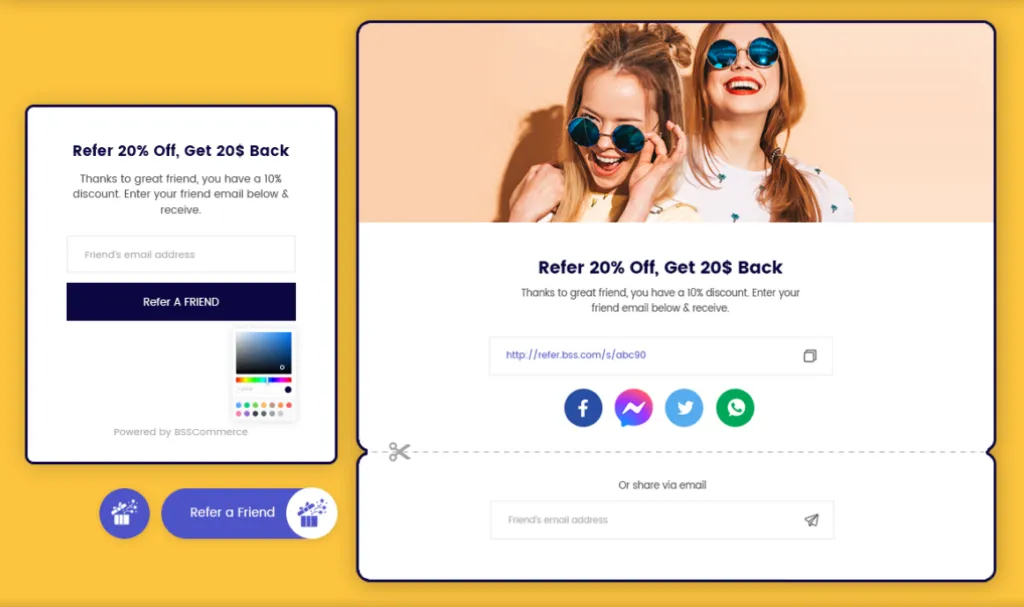
An email referral program is a strategic marketing campaign designed to encourage current customers to refer new customers to a business or service.
By leveraging loyal customers' networks, businesses can expand their customer base through trusted recommendations. In these programs, both the referring customers and the new customers typically receive a referral offer or incentive, making the process mutually beneficial.
Successful referrals are often tracked to measure the program's effectiveness and to ensure that rewards are distributed appropriately. Email referral programs often rely on compelling email subject lines and referral email subject lines to grab attention and drive participation.
This approach not only fosters customer loyalty but also amplifies marketing efforts by turning satisfied customers into advocates for the brand.
Why are Referral Emails Important?

Referral emails are pivotal in marketing strategies because they harness the power of personal recommendations to drive sales and expand a brand's reach to potential customers. Here's why they hold significant importance:
Leverage Trust: Referral emails extend an invitation from trusted family members or friends encourage customers, making the message more impactful. This trust factor increases the likelihood of engagement and conversion.
Cost-Effective: Utilizing referral emails to encourage current customers to introduce new family members or friends to the company is an efficient way to save money on customer acquisition costs.
Rewards System: Both the referrer and the referred often earn rewards, such as a free gift or early access to products, making it a win-win situation for all parties involved. This incentive system motivates participants to share more actively.
Brand Expansion: Each referral email serves as an introductory email from a brand ambassador, expanding the company's visibility and reputation among new audiences.
Engagement: A dedicated email campaign for referrals, with an easy-to-understand description and a clear expiration date for offers, ensures the referral message captures the recipient's attention and encourages action.
Why Should you Create a Referral Incentive Program for your Company
Creating a referral incentive or referral program works well for your company is a strategic move that can significantly benefit your business. Here's why it's a smart choice:
Enhances Customer Engagement: A well-structured referral program with compelling referral incentives grabs your customer's attention, encouraging active participation. Engaged customers are more likely to spread positive referral messages about your services or products.
Boosts Customer Acquisition: By leveraging refer a friend email programs, you tap into the networks of your existing customers, reaching potential new customers in a more personal and trustworthy manner than traditional advertising.
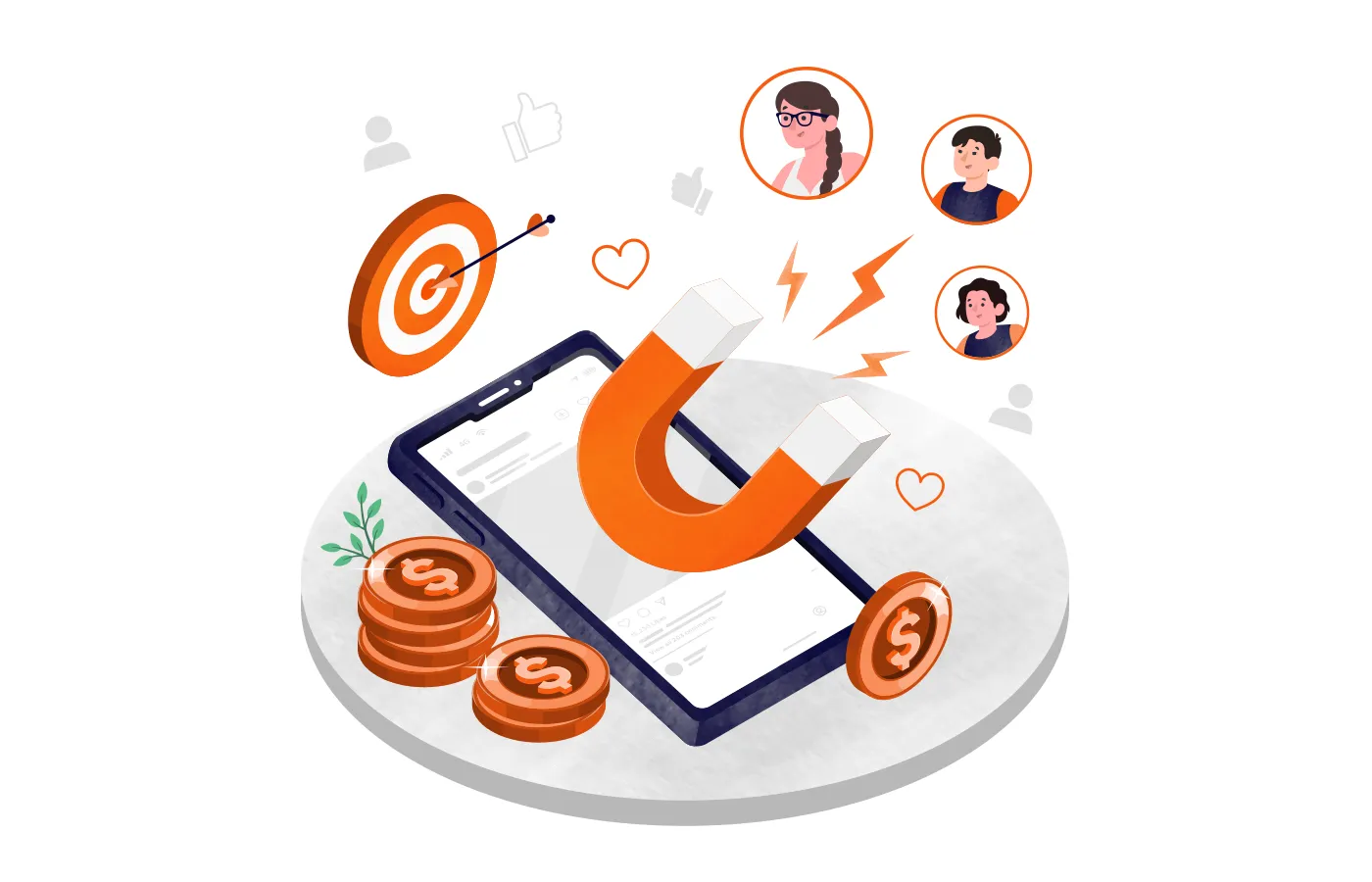
Increases Customer Loyalty: Offering referral rewards not only acknowledges your customers' efforts in making a successful referral but also reinforces their loyalty to your brand.
Cost-Effective Marketing: Compared to conventional marketing strategies, referral programs can be more cost-effective, yielding a higher return on investment. The cost per acquisition tends to be lower since the marketing is done by satisfied customers.
Creates Brand Ambassadors: Customers who participate in refer-a-friend programs and receive referral rewards become brand ambassadors, sharing their positive experiences with others and enhancing your brand's reputation.
What are the Different Types of Referral Incentive Program
Referral programs harness the power of word-of-mouth by encouraging happy customers to share their positive experiences with others, effectively turning them into brand ambassadors.
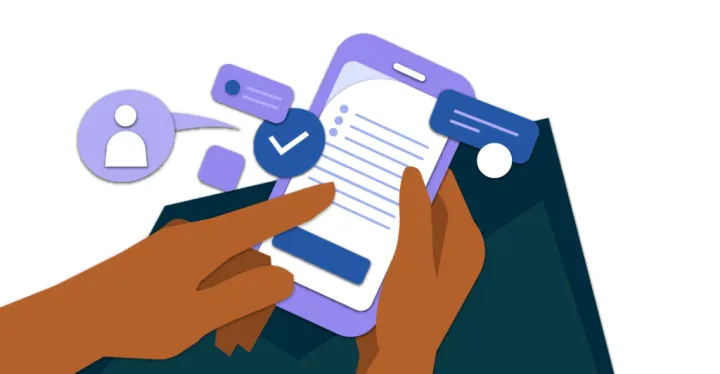
These programs are instrumental in referral marketing, tapping into the existing customer base to attract new customers through compelling referral emails and offers. Here’s a detailed look at the various types of referral programs
Incentivized Referral Program
This program type is designed to motivate both the referring customer and the referred friend or family member by offering tangible rewards for successful referrals.
For instance, when a loyal customer shares their unique referral link through a dedicated email or social media portal, and the referred customer makes their first purchase, both parties might receive a discount or a free gift.
This clear call to action is typically highlighted in the subject line of referral emails, a few seconds, ensuring it draws the recipient's attention and encourages participation.

- Rewards: Discounts, free products, or services upon a successful referral.
- Engagement: Encourages sharing of the referral link with a direct incentive.
- Visibility: Often promoted through email campaigns with enticing subject lines.
Tiered Referral Program
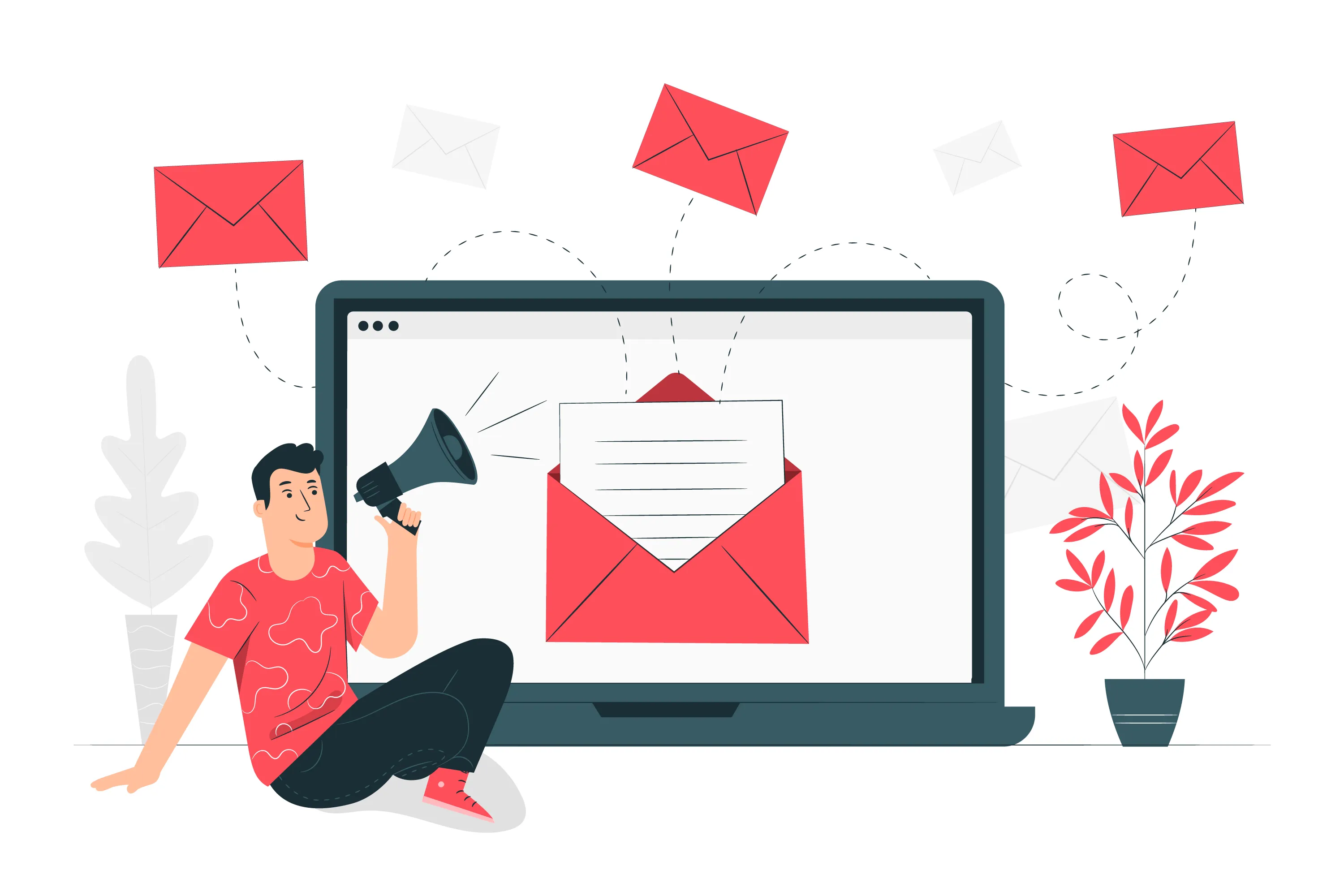
A tiered system adds a gamification element by offering escalating rewards for different levels of referral success.
For example, the first referral may unlock a 10% discount code, while the tenth referral could earn a free product or exclusive service.
This structure incentivizes the existing customer to continuously engage with the referral program, sharing their referral code and link within their network to reach the next tier of rewards.
- Progression: Rewards increase with the number of successful referrals.
- Motivation: Encourages ongoing participation and sharing.
- Examples: Discount codes, exclusive products, or experiences at higher tiers.
Dual-Sided Incentive Program
Dual-sided programs create a win-win situation by rewarding both the referrer and the new customer. This approach fosters a sense of mutual benefit, making the referral offer more attractive.
For instance, referring customers might receive referral email example a special discount or loyalty points, while new customers get a welcome discount on their first purchase, encouraging them to accept the referral and complete a transaction.
- Reciprocity: Both parties receive benefits, enhancing the appeal of the referral.
- Strategy: Builds a sense of community and shared value among customers.
- Rewards: Varied, including discounts, loyalty points, or other incentives.
Single-Sided Incentive Program

In contrast, single-sided programs focus the incentive on either the referring customer or the new customer. This simpler structure can be effective when aiming to specifically reward loyal customers for their advocacy or to entice potential customers to try a product or service for the first time.
While only one party receives a direct reward, the simplicity and clarity of the offer can still drive successful customer referrals elsewhere.
- Simplicity: Straightforward reward structure with clear benefits.
- Focus: Targets either loyal customers or new potential customers.
- Incentives: Can include discounts, free products, or exclusive access for the rewarded party.
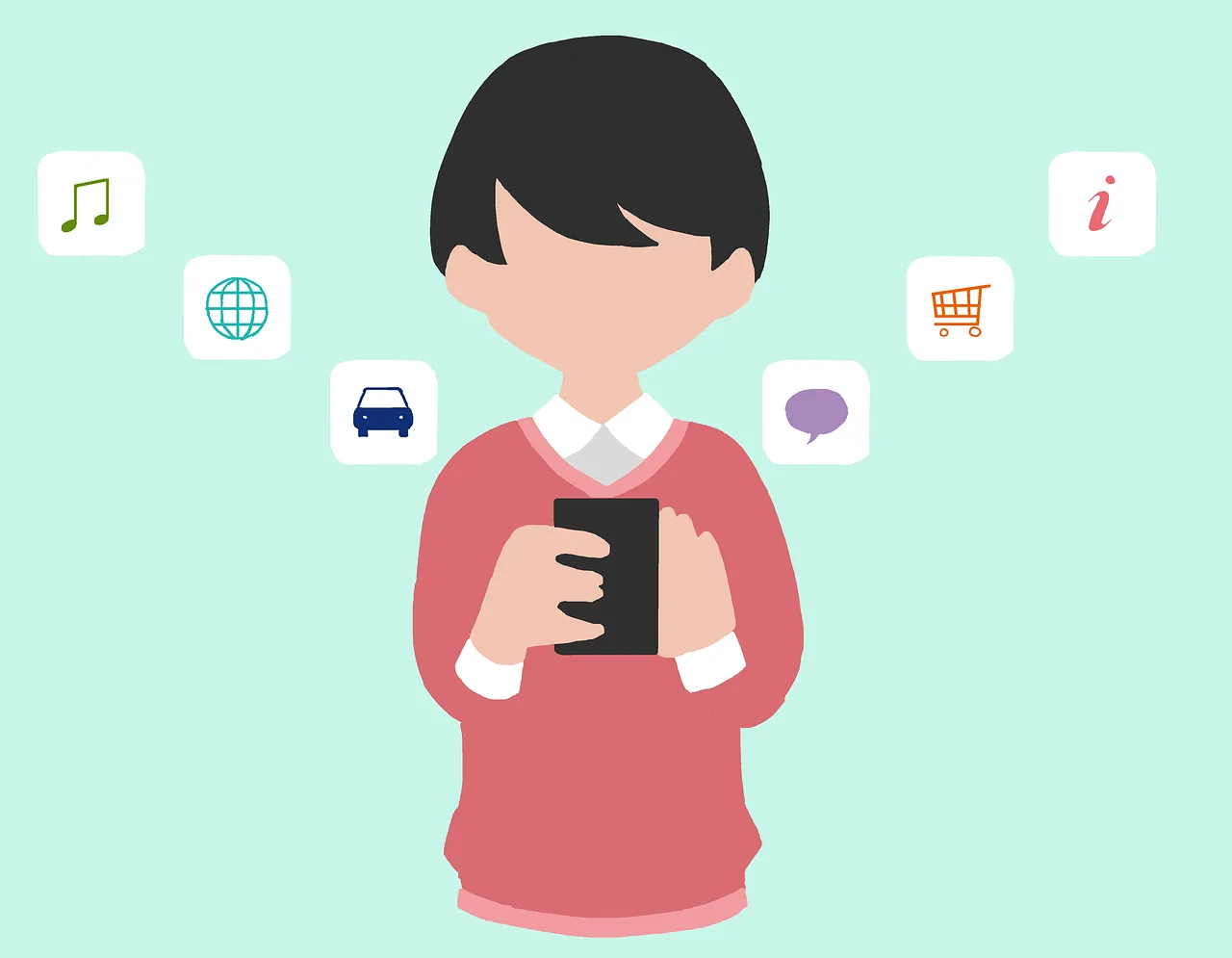
Non-Monetary Referral Program

Not all incentives need to be financial. Non-monetary programs might offer early access to new products, exclusive content, or special recognition within the customer community. These rewards can be particularly appealing to customers who value exclusivity and status.
For example, a customer who successfully refers a certain number of new users might gain early access to a sale or be featured in a company newsletter.
- Exclusivity: Offers unique experiences or recognition instead of discounts.
- Appeal: Attracts customers motivated by status or insider access.
- Recognition: Can include features in company communications or exclusive community access.
Milestone Referral Program

Milestone programs are structured around achieving specific referral goals, with rewards tied to reaching predetermined referral thresholds.
This approach encourages sustained engagement by setting clear targets for customers to aim for. Achieving a milestone might unlock a unique reward, such as a limited-edition product or a significant discount, providing a continuous incentive for customers to share their referral link.
- Goals: Structured around specific referral milestones.
- Long-term Engagement: Encourages customers to keep referring to reach the next milestone.
- Unique Rewards: Can include exclusive or limited-time offers for reaching milestones.
Social Media-Integrated Referral Programs
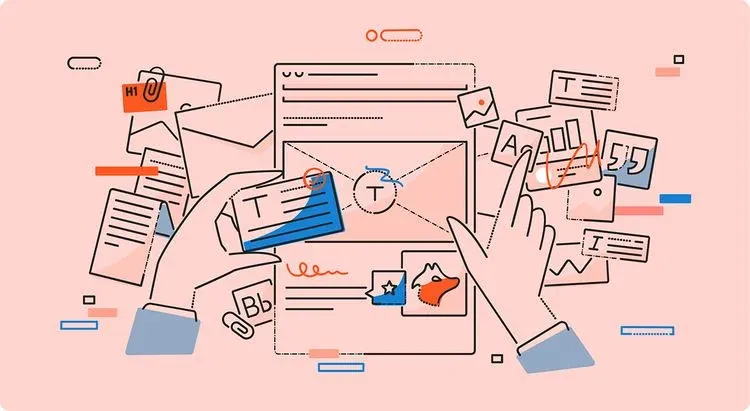
These programs are optimized for sharing on social media platforms, broadening the potential reach of referral marketing efforts.
By providing customers with a simple way to share their referral link on their social media profiles, these programs tap into the vast networks of potential customers beyond the immediate circles of family and friends.
This approach not only amplifies the program's visibility but also leverages the social proof inherent in personal social media shares.
- Shareability: Easy sharing of referral links on social media platforms.
- Amplified Reach: Accesses broader networks beyond direct contacts.
- Social Proof: Leverages the credibility of personal recommendations on social platforms.
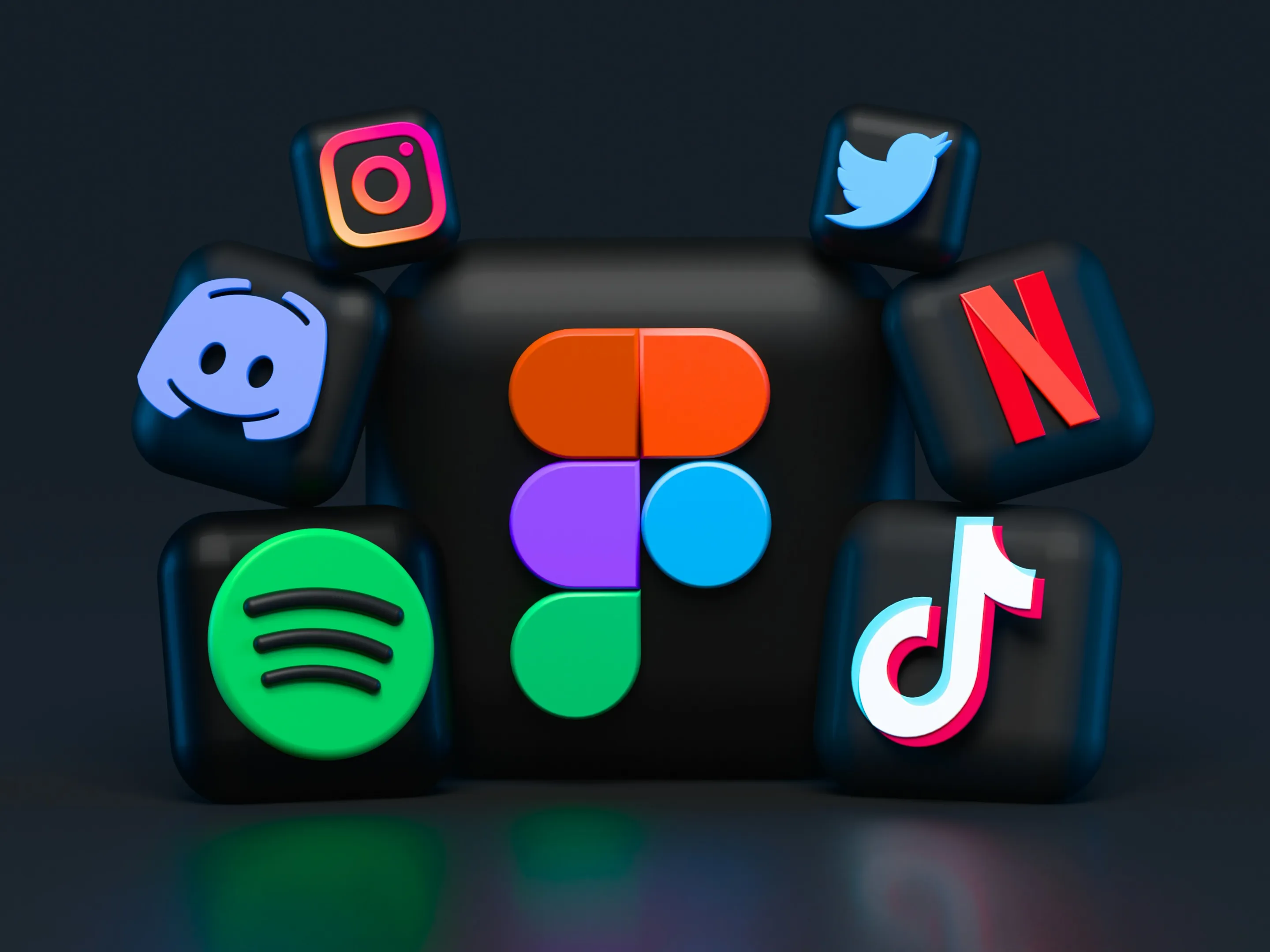
Steps for Creating a Referral Email Marketing Campaign
Launching a referral email marketing campaign is an astute strategy that taps into the networks of your existing customer base, empowering them to become brand ambassadors by referring new customers. This guide delves into setting up a robust campaign, interweaving essential keywords to ensure clarity and effectiveness.

Define Your Objectives
The foundation of any successful referral marketing campaign lies in having clear, measurable objectives.
Whether your goal is to expand your customer base during pivotal shopping periods, deepen engagement with your loyal customers, or simply to generate an uptick in referrals, defining your objectives will steer the entire campaign.
It's crucial to envision what success looks like for your referral initiative and how it dovetails with your overarching marketing goals.
Strategic Alignment: Ensure your referral program aligns with broader marketing objectives, enhancing overall campaign cohesion.
Measurable Goals: Set specific, quantifiable targets to monitor the campaign's effectiveness and make data-driven adjustments.
Identify Your Target Audience
Knowing who your existing customers are and their potential to refer others is key. Typically, your most loyal customers—those who've consistently engaged and shown satisfaction—are your best advocates.
A deep dive into customer analytics can reveal traits shared by your most engaged customers, providing valuable insights for customizing your referral campaign.
Customer Insights: Analyze data to understand the preferences and behaviors of your most engaged customers.
Personalization: Tailor the referral program's messaging to resonate with your identified target audience, increasing relevance and engagement.
Choose the Right Incentive
The incentive is the linchpin of the referral process, motivating your current customers to share their unique referral email link. The choice of incentive can range from mutual discounts for the referrer and the referred on their next purchase, to more elaborate referral rewards such as exclusive products, services, or a customized reward for successful referrals. The chosen incentive should be enticing enough to capture the customer's attention swiftly and be articulated clearly enough to be understood at a glance, especially in the referral email subject line.
Select a Referral Marketing Platform
Choosing the right referral marketing platform is pivotal for launching an effective email referral program. The platform should seamlessly integrate with your existing email marketing tools, allowing you to track referrals, manage referral links, and monitor the success of your referral campaigns in real-time.
Look for features that enable you to customize referral incentives and create referral program emails that resonate with your loyal customers and encourage them to introduce friends and family to your brand.
The ideal platform will offer an easy-to-navigate portal link, making it straightforward for your valued customers to participate and share their unique referral links, amplifying your referral marketing efforts.
Ease of Use: The platform should offer an intuitive interface that simplifies the referral process for both your team and your customers.
Integration: Ensure the platform integrates with your existing marketing tools for a cohesive referral campaign.
Customization: Choose a platform that allows you to customize referral offers, email subject lines, and content to align with your brand identity.
Develop Compelling Content
Crafting compelling content for your referral emails is crucial to capturing your customers' attention and encouraging them to participate in your referral program.
Your content should clearly articulate the referral incentive, providing a clear call to action that motivates existing customers to share their referral link with potential new customers.
Use direct language and engaging email subject lines to ensure your message stands out. Include a persuasive referral email subject line that entices customers to open the email and consider referring friends and family to your brand.
Highlight Benefits: Clearly outline the benefits for both the referrer and the referred, such as earning rewards, getting a free gift on the next purchase, or gaining early access to new products.
Personal Touch: Personalize the email content to make each customer feel valued, increasing the likelihood of them becoming a brand ambassador.
Create a Seamless Referral Process:
Establishing a smooth and intuitive referral process is key to the success of any referral program. A seamless experience encourages more of your loyal customers to participate, thereby expanding your customer base with new customers brought in through successful referrals.
Here’s how to ensure your referral process is as effortless as possible:
Generate unique referral link for participant using a platform.
The foundation of a successful referral program lies in the ease with which customers can share their referral link. Utilize your chosen referral marketing platform to generate a unique referral link for each participant.
This unique link also should be easy to share and track, ensuring you can monitor the success of your referral marketing campaign and accurately reward successful referrals.
Simplicity: The generated link should be short and easy to share, whether through email, social media, or direct messaging.
Tracking: Ensure the platform provides robust tracking features to monitor each link's performance, helping you identify your most effective brand ambassadors.
Embed these unique links into your referral emails.
Incorporating the unique customer referral program links into your referral emails is a critical step in facilitating the referral process.
Each referral program email should prominently feature the referral link, accompanied by an enticing call to action that encourages customers to share the link with their network.
Make the process as straightforward as possible to maximize participation and drive more referrals to your customer base.
Visibility: Place the referral link prominently within the email, ensuring it's noticeable at a glance.
Instruction: Include a brief, easy-to-understand description of how to use the link, reinforcing the simplicity of the referral process.
Test Your Campaign
Before officially launching your email referral program, it's crucial to conduct thorough testing to ensure everything runs smoothly. This phase is about fine-tuning the referral process, ensuring the referral link works as intended, and that the referral email captures the customer's attention effectively.
Check Referral Links: Verify that each unique referral link directs the referred customer to the correct landing page and that the referral is accurately tracked in the system.
Review Email Content: Scrutinize the referral email subject lines and content to ensure they're compelling and clear. The subject line should grab the recipient's attention in just a few seconds, prompting them to open the email.
Test on Multiple Devices: Ensure that the referral email and the referral process work seamlessly across different devices, especially on mobile, where a significant portion of emails are read.
Simulate Referrals: Go through the referral process from the perspective of both the referrer and the referred to identify any potential issues or bottlenecks.
Launch the Campaign
With testing complete and all systems go, it's time to launch your referral marketing campaign. This is when your existing customers become brand ambassadors, sharing their referral links with friends and family, driving new customers to your business.
Announce Your Program: Send out a dedicated email announcing the launch of your referral program. Highlight the referral incentives and provide a clear call to action.
Promote Across Channels: Leverage all available marketing channels to promote the referral program. This includes your website, social media, and any other customer touchpoints.
Engage Loyal Customers: Specifically reach out to your most loyal customers with personalized messages, encouraging them to participate and share their unique referral links.
Monitor and Analyze Performance
Tracking the performance of your referral program is essential to understanding its impact and identifying areas for improvement.
Track Referrals: Use your chosen platform to monitor how many referrals are being made, how many are successful, and the overall conversion rate.
Analyze Customer Behavior: Look at which referral email subject lines are performing best and which referral incentives are most motivating for your customers.
Gather Feedback: Collect feedback from both the referrer and referred customers to gain insights into their experience with the referral process.
Follow Up and Fulfill Incentives
Promptly recognizing and rewarding successful referrals is key to maintaining enthusiasm for the program and ensuring ongoing participation.
Reward Promptly: As soon as a referral is confirmed successful, send out the rewards to both the referrer and the referred customer, whether it's a discount on the next purchase, a free gift, or early access to new products.
Send Thank You Messages: Acknowledge the efforts of your referring customers with a thank you message, possibly through a personalized referral program email, enhancing their feeling of being valued.
Optimize and Iterate
Based on the performance data and customer feedback, continuously refine and improve your referral program for better results.
Adjust Incentives: If certain referral incentives aren't resonating with your customers, consider revising them to better meet their interests and needs.
Refine Messaging: Update referral emails and subject lines based on what's proven to be most effective at capturing the customer's attention and driving action.
Expand Promotion: Look for new ways to promote the referral program during key shopping periods to maximize participation and impact.
6 Quick Tips for Referral Emails
1. Use a High-Converting Subject Line
The subject line is your first point of contact with your customers, and it takes just a few seconds to capture their attention. Use compelling referral email subject lines that clearly communicate the value or incentive of the referral program. Phrases like "Earn Rewards with Our Refer-a-Friend Program" or "Your Next Purchase Could Be on Us!" can entice customers to open the email and learn more.
2. Show the Incentive
Clearly outline the referral incentive in the body of the email. Whether it's a discount on the next purchase, early access to new products, or a free gift, make sure the incentive is front and center. This not only grabs the customer's attention but also provides a clear call to action, encouraging them to participate.
3. Get to the Point
Customers appreciate brevity and clarity. Use direct language to explain how the referral program works and what steps they need to take. Include a unique referral link or referral code in the email to make the process as seamless as possible. An easy-to-understand description can significantly increase participation rates.
4. Send it to Your Highest-Value Customers
Loyal customers are more likely to refer friends and family, so segment your email list and prioritize sending your referral emails to these valued customers. Personalized emails to your most engaged customers can drive more referrals and are more likely to be acted upon, especially if the referral program email acknowledges their loyalty and value to your brand.
5. Send it at the Right Time

Timing can significantly impact the effectiveness of your referral emails. Consider your customer's behavior and preferences to choose the optimal time to send these emails. Key shopping periods or just after a positive interaction with your brand (such as after making a purchase) can be ideal times to encourage customers to refer others.
6. Be Genuine
A genuine message resonates more with recipients. Personalize your referral emails to create a connection with your customers. Use a tone that reflects your brand's values and personality. A sincere request to share their positive experiences with friends and family can be more effective than a generic, sales-focused message.

